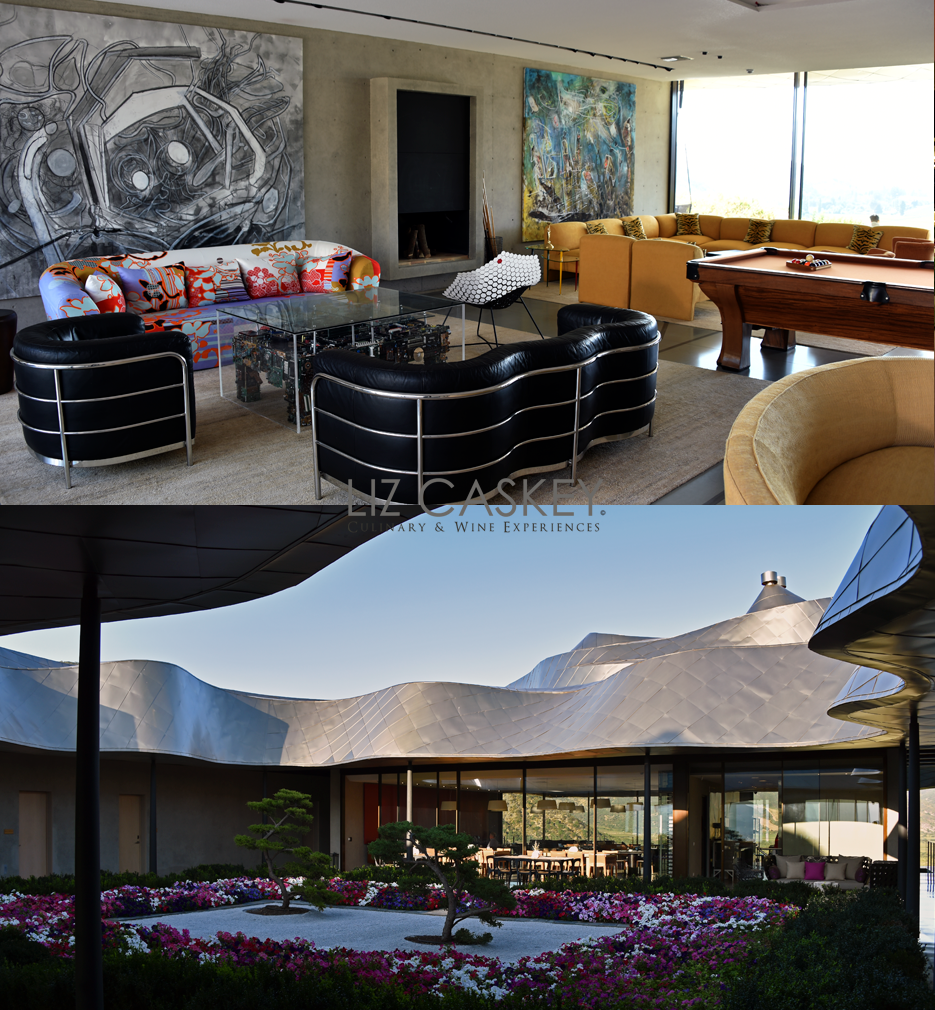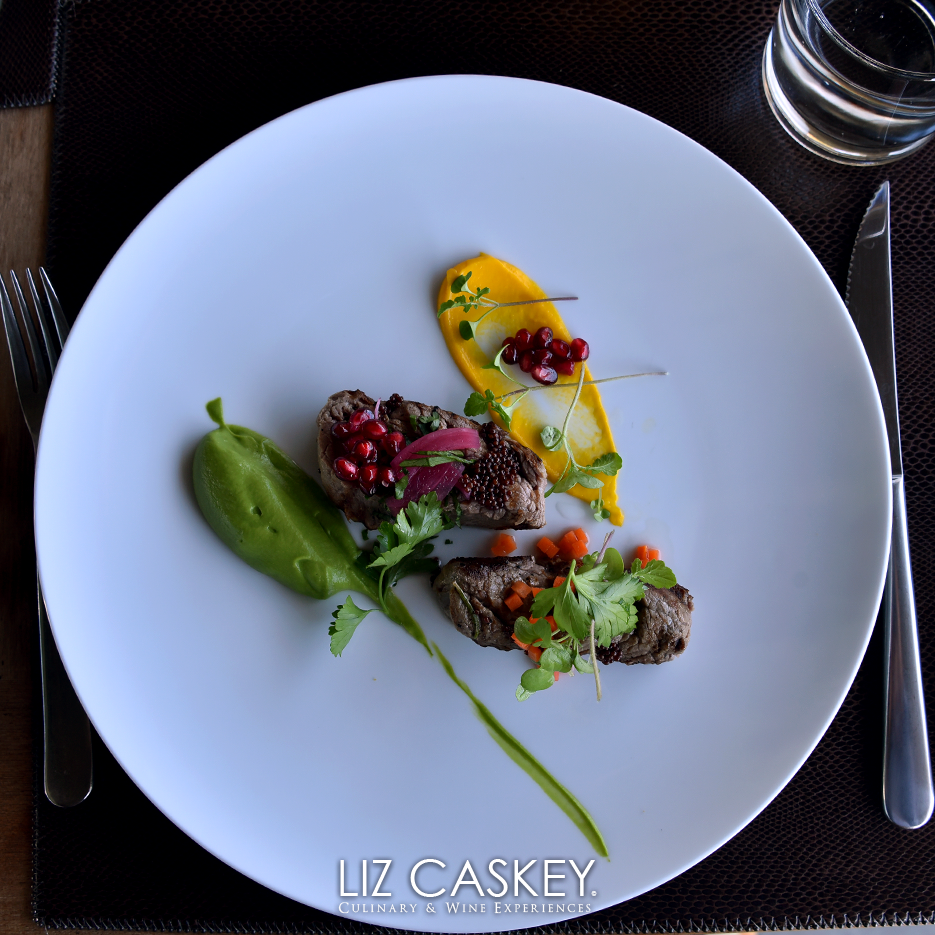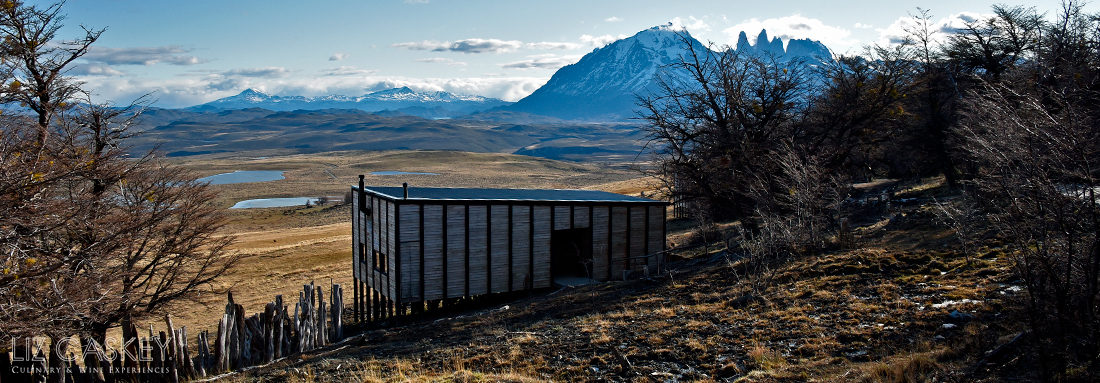
Terroir.
You may have heard this expression before, or perhaps you might think it’s just another word overused by wine snobs. The reality it is that’s just a French word that the French use to talk about where products come from. And they use it all the time.
On our recent trip through southern France, we constantly encountered the word terroir in nearly every village, town, city, and region. There were vins de terroir, fromages de terroir, produits de terroir, fruits de terroir, pains de terroir, and recettes, recipes, de terroir. Pretty much anything grown, or closely tied to agriculture with a handmade process, can be categorized as “having” terroir. They define it as the intersection of soil, geology, and climate mixed with the human touch.
While there were some products that were incredibly specific to the area, like violets in Toulouse, the products were often the same, but had a noticeably different flavor depending on where it was grown. Tomatoes in Bordeaux and in Provence had markedly distinct intensities, for example. This became so apparent in the cheeses and wines, that clearly whisper of their unique origin.
As we traveled in France, what most struck me was the necessity to recognize terroir as more than just growing something in a particular region. It is the person, an artisan, that creates these products. These are natural products born of the land and then transmuted by a human being.
In this sense, terroir also encompasses a creative process. It’s where man and nature meet. It is man’s ability to best express his land—and pass it on in the form of traditions. It not only requires the natural conditions, but also the skills and know-how of how transform it.

In Chile, terroir has been translated as terruño or territorio by others. While there have been initiatives by the Chilean government to create denominación de origen, Denomination of Origin, for some products like the sea salt from Cahuil and the prosciutto made by Italian immigrants in Capitan Pastene, the concept is not widely engrained in the collective consciousness. No where close to Europe, at least. Often, terruño tends to be talked about more in wine circles than related to food.
However, there are initiatives of some chefs who are fully embracing the concept. Take Rodrigo Acuña, the chef of Vik Chile, who is working to slowly change that.
Vik Chile is winery and hotel two hours south of the capital, Santiago, in the Millahue Valley (part of the Cachapoal wine region) near the town of San Vicente de Tagua Tagua. It is the project of Alex & Carrie Vik, who are hoteliers that arrived in Chile with the intent to make South America’s finest icon wine.
They found a special micro valley in Millahue and purchased the land, as in the entire valley, and then recruited an A-team of winemakers to bring the vision for their dynamo wine to life. They mapped the soil, charted the climate, and took time to understand the terruño of this place. The focus was to produce one wine that is an expression of the dozens of terroirs in the Millahue valley. They achieved that…and today, there are two other wines that have been introduced in the same vein: Milla Cala and Piu Belle.
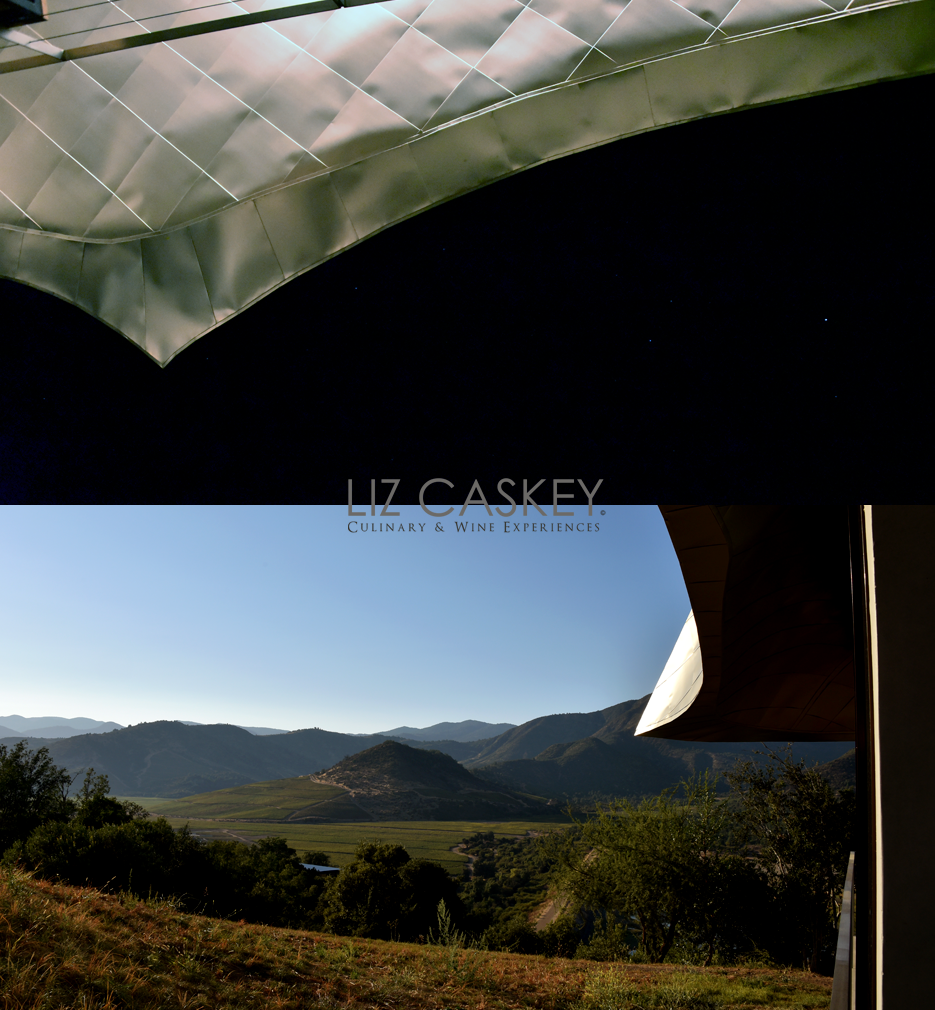
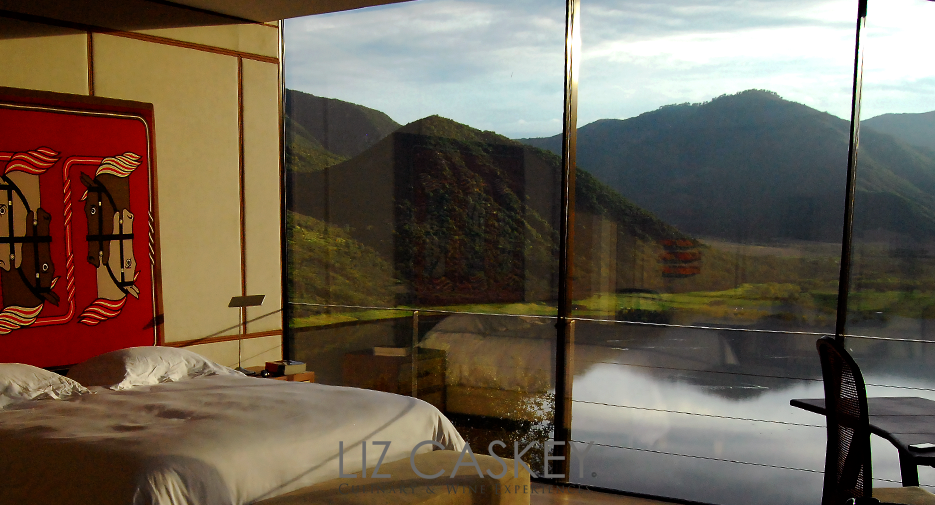
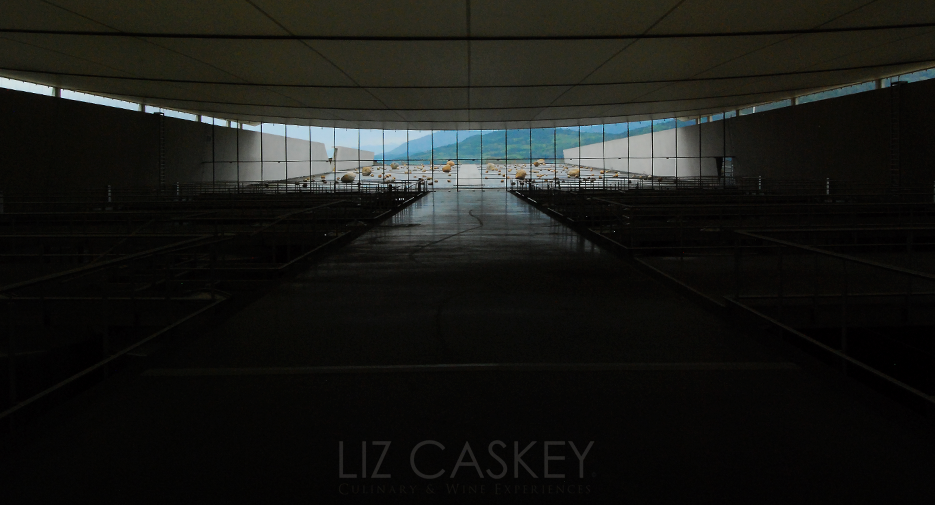



Parallel to the development of the winery was the hospitality project centralized around a luxury, avant-garde boutique hotel with 22 suites. This sleek hotel was erected on a hilltop in the middle of the valley, complete with a privileged 360-degree view of the hills, Andes, and vineyards.
Rodrigo Acuña, their head chef, has been the grounding force for the hotel and winery restaurants, Milla Milla & the Pavillion, infusing his passion and vision for showcasing the terruño in the food.
Prior to landing at Vik, he worked as head chef at Lapostolle Residence on the other side of the Millahue hills in the Colchagua Valley. In fact, he had resigned from his role there in 2014 to pursue private consulting when Vik appeared as his first client. Rodrigo immediately resonated with their vision for the project, and a few weeks later, joined the team full time.
Creating an ethos behind the cuisine at Vik Chile has been formed layer by layer. Rodrigo recognizes that his job is not only creating succulent dishes that pair with Vik’s wines, but also instilling his philosophy about honoring the ingredients’ origin with his team.
This locavore perspective is a central tenement at Vik. Rodrigo truly believes that terruño is present in all foods—not just in wine grapes. And this philosophy is the guiding force leading all the decisions made in food.
“When we got going, I knew that we had to first get to know local producers close in proximity to us and create relationships with them. I saw how pure and clean their produce was, how they cultivated it with such love and passion. I asked them to sell it to me. Of course, there was a courting process of knowing them, buying from them, and then learning and teaching together. These families grow their products without pesticides. They respect nature and the ingredients. This fits with our attitude towards growing grapes. How could I not be inspired to incorporate this to our menus?”
This line of thinking is not limited only to organic vegetable farmers. There are olive oil producers, the flor de sal artisans from Cahuil (an AOC), and fishermen from the nearby seaside town of Pichilemu.
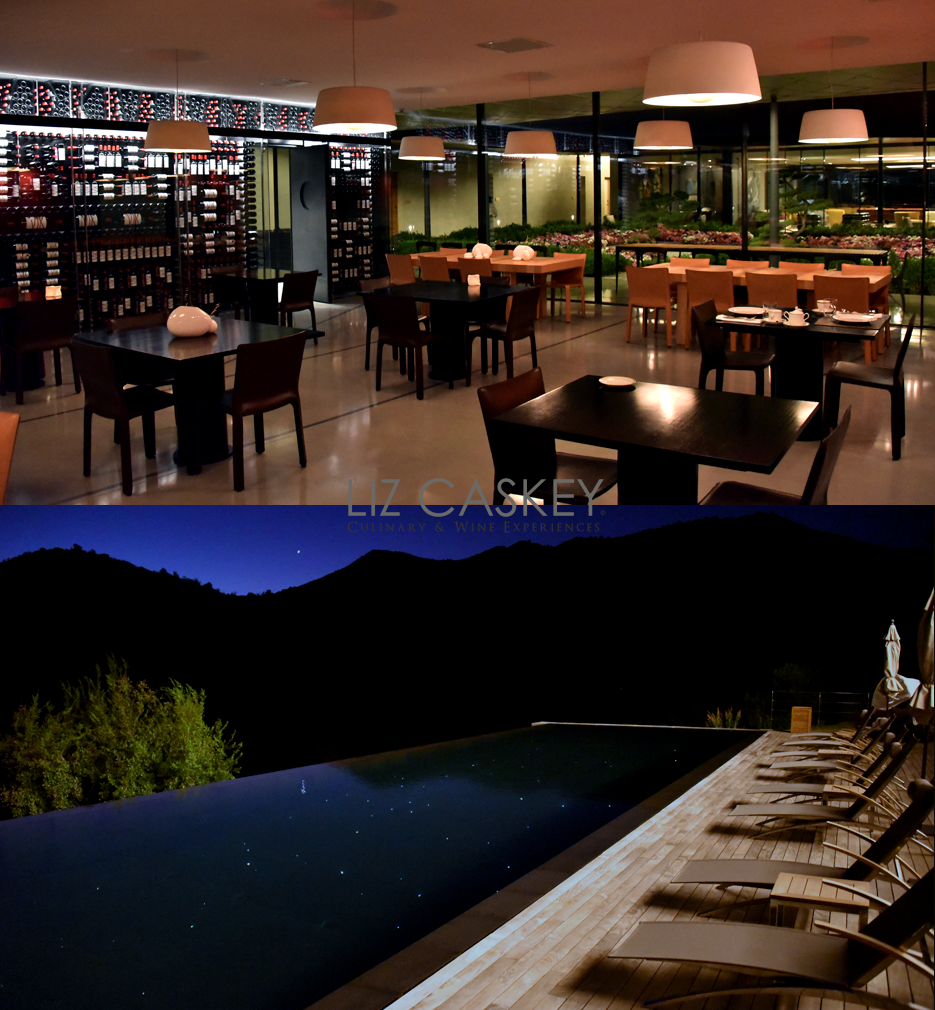
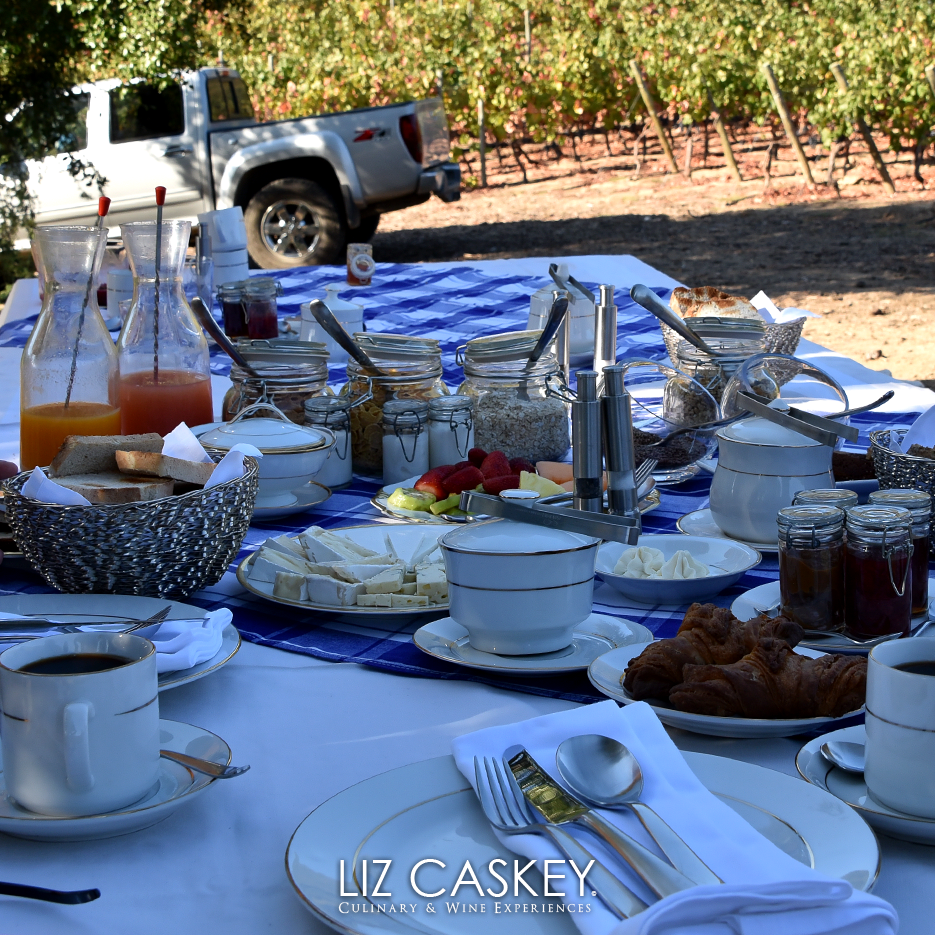

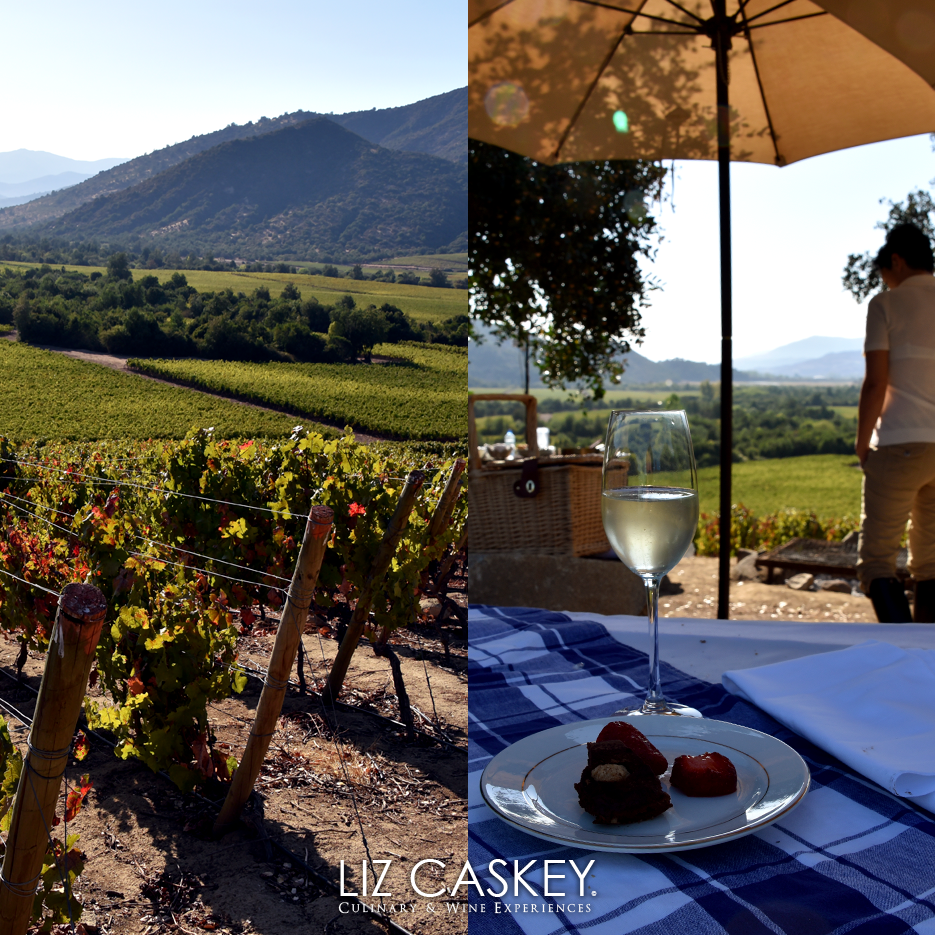
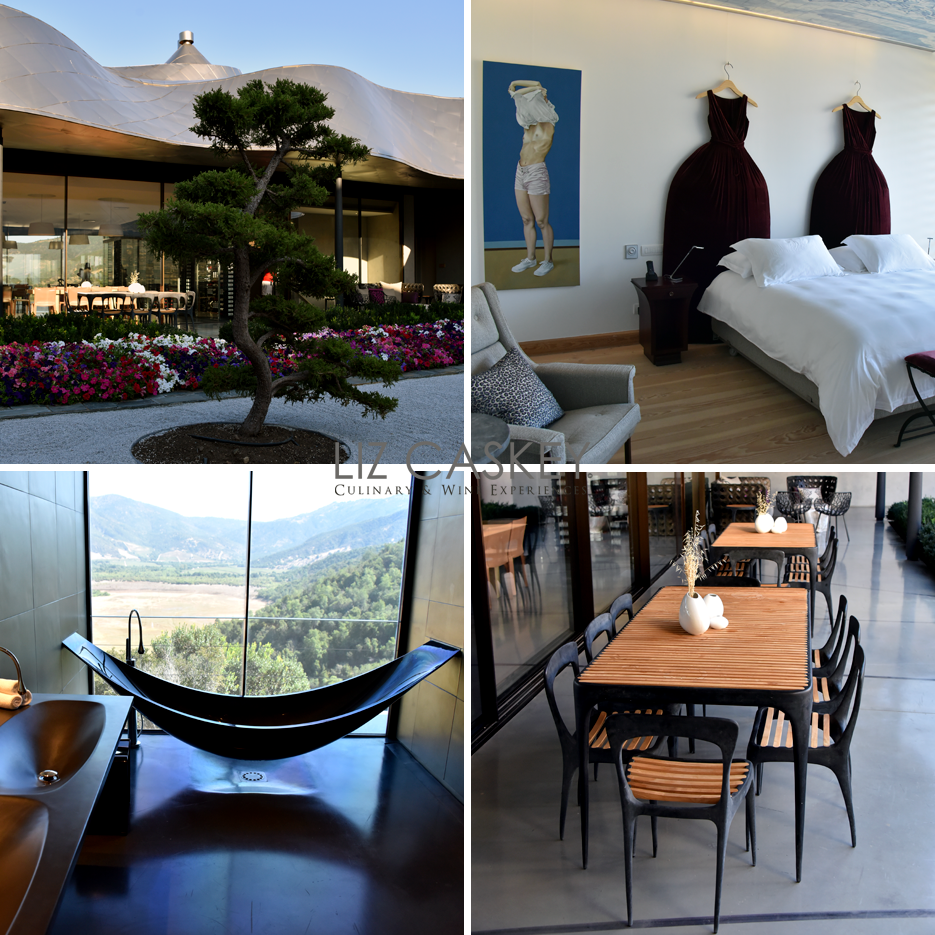

Rodrigo shared, “I have a very tight relationship with our local producers. Since I came to Vik, these relationships have transformed into friendships”. He names a few of his favorite producers like Don Pimpe with his pristine veggies; Don Luis “Lechuga”, who grows exquisite micro greens and lettuce; Señora Gloria with her briny, scrumptious oysters. From this base, they have arrived to other local producers since the mouth-to-mouth referral is strong.
Rodrigo confesses that he and his team have learned so much from these producers. They often help them with harvest or productive labors on their farms to better understand the growing cycle. They exchange seeds, ideas, and recipes. Most importantly, they all share a deep love for real food.
As a second stage of this seed-to-table philosophy, Vik Chile constructed their own two-acre organic garden. An effort initiated by Rodrigo, their garden bring things even more local and directly into their own sphere in the Millahue Valley. He sees the garden as a place for community and where he can share the marvelous world of food, wine, and permaculture with guests.
While the garden is up and running today, it started over four years ago. They first consulted with a permaculture expert and then began to recover the soil. After, they built a greenhouse, started a compost with earthworms, and then constructed elevated beds for the crops. A chicken coop appeared as the casa for their native Collonca chickens—these gals provide the delicious free-range eggs for the hotel. Today, there’s a covered area with a grill and traditional mud oven that Rodrigo uses for cooking classes for hotel guests.
In Rodrigo’s own words, “My philosophy in the garden and kitchen is the same as in the vineyard. It’s holistic. The whole is larger than the sum of its parts. Going to the garden to harvest a just-picked, organic lettuce that has been lovingly grown, and this shows up (five minutes later), on a guest’s plate is the definition of luxury. Sure, sometimes it can be mixed with other ingredients, but the nobility of the ingredients and a holistic purpose permeates everything we do here.”

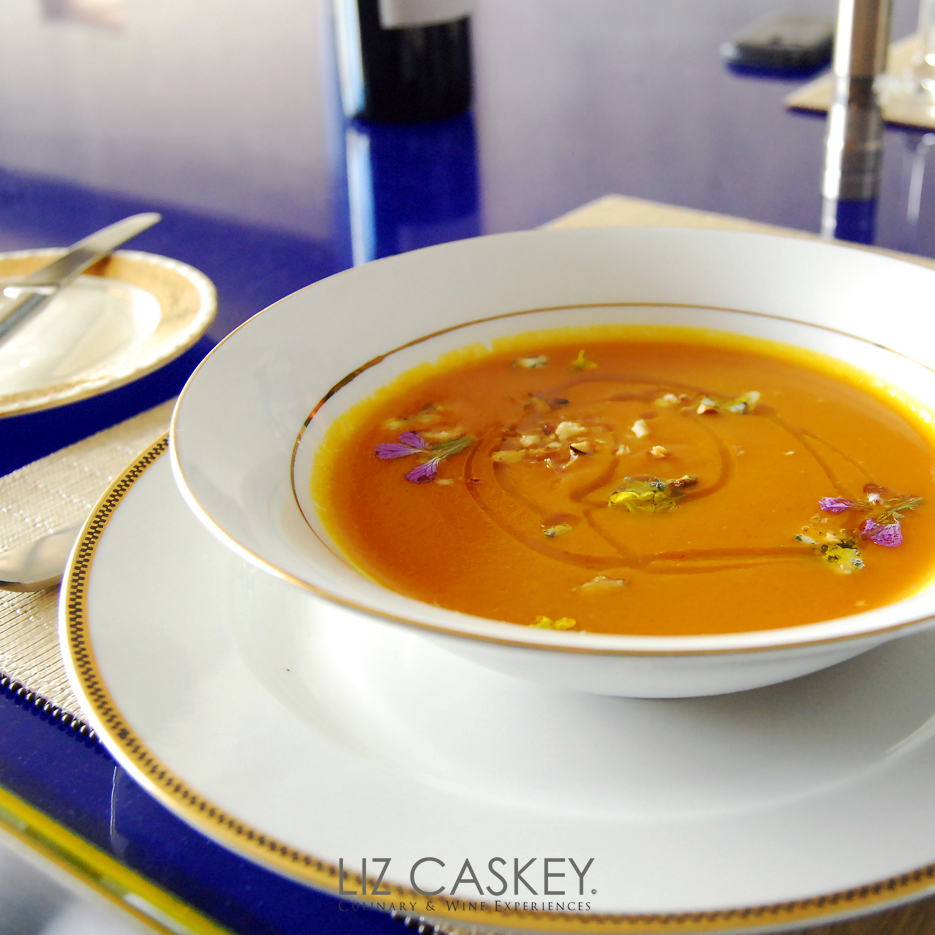
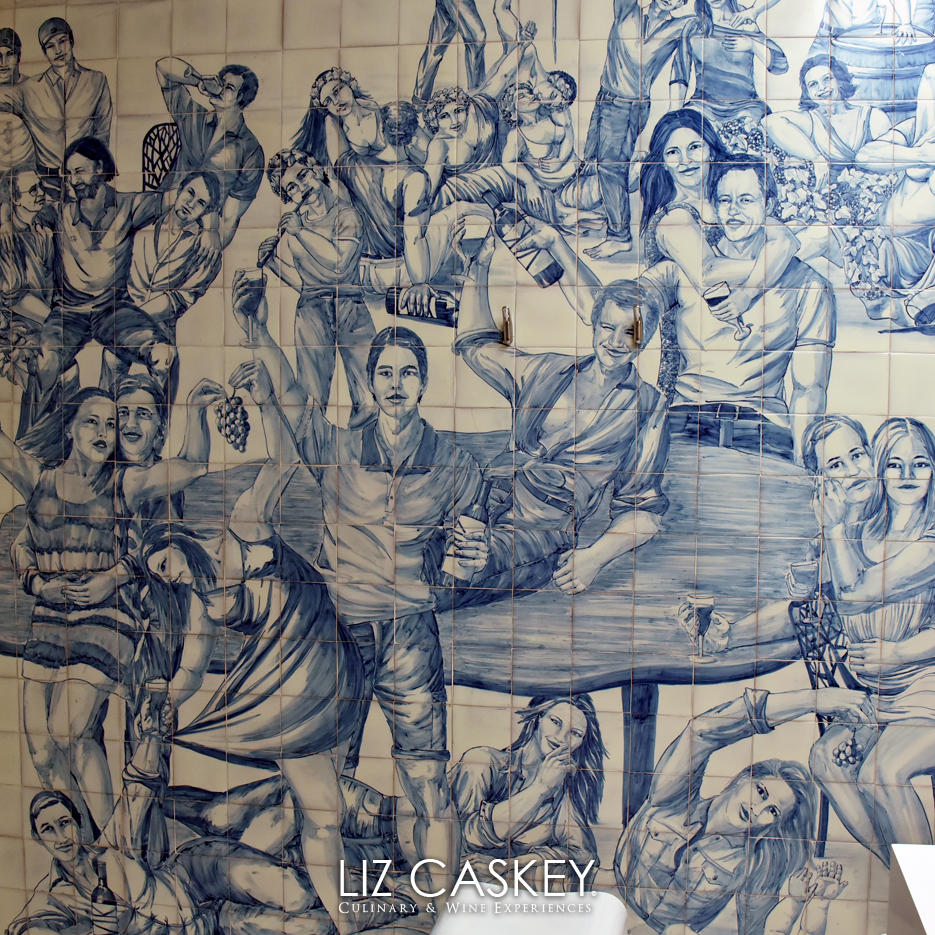
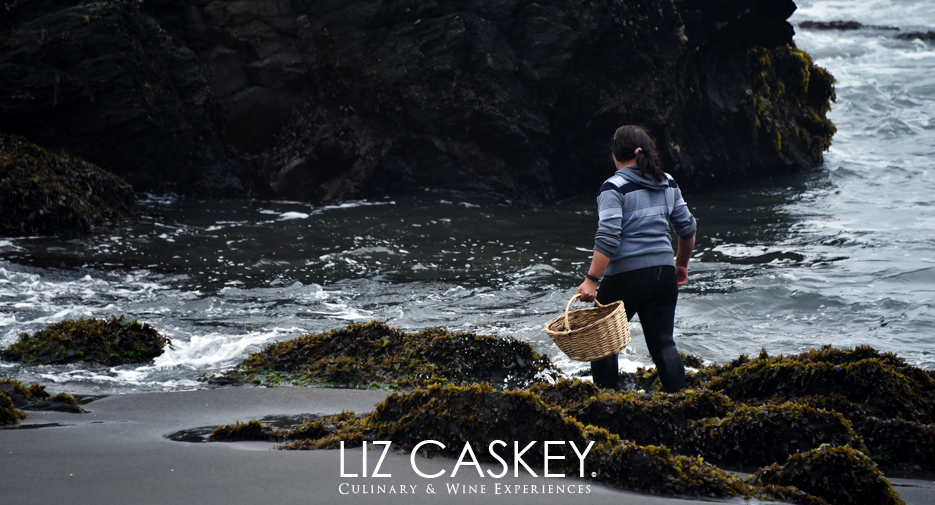
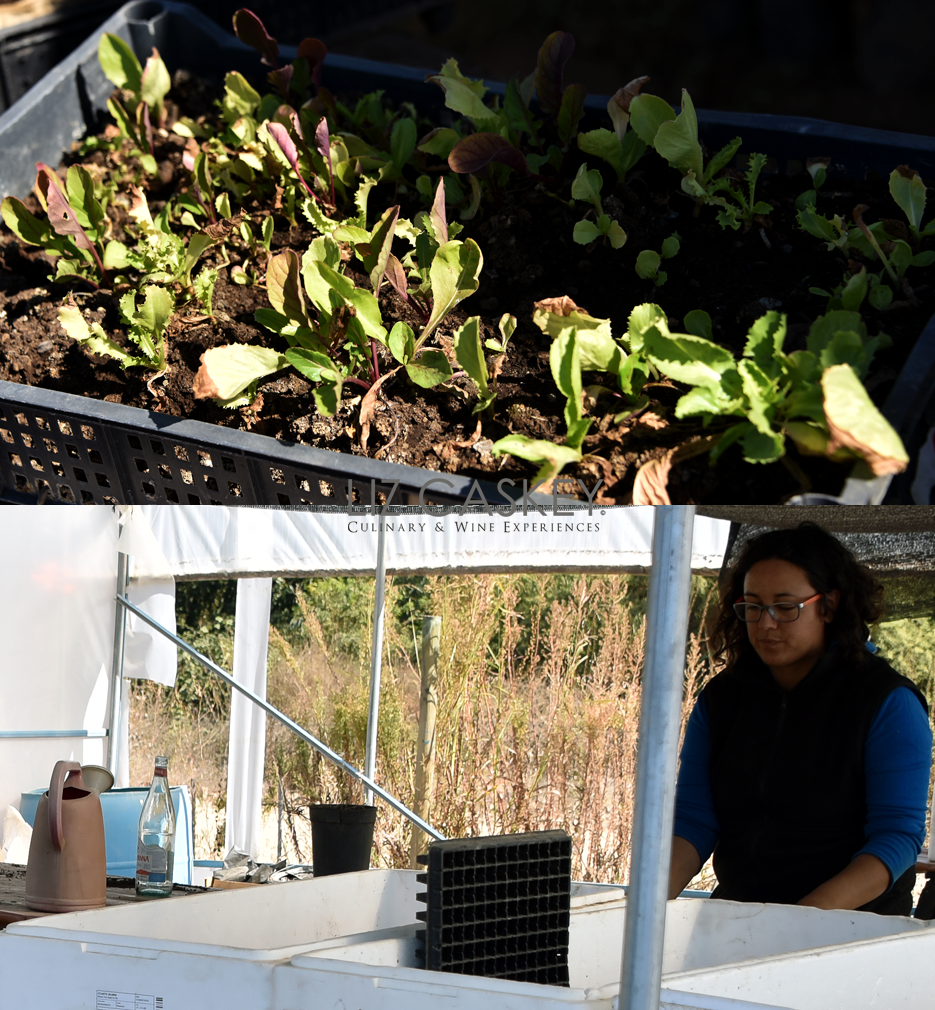
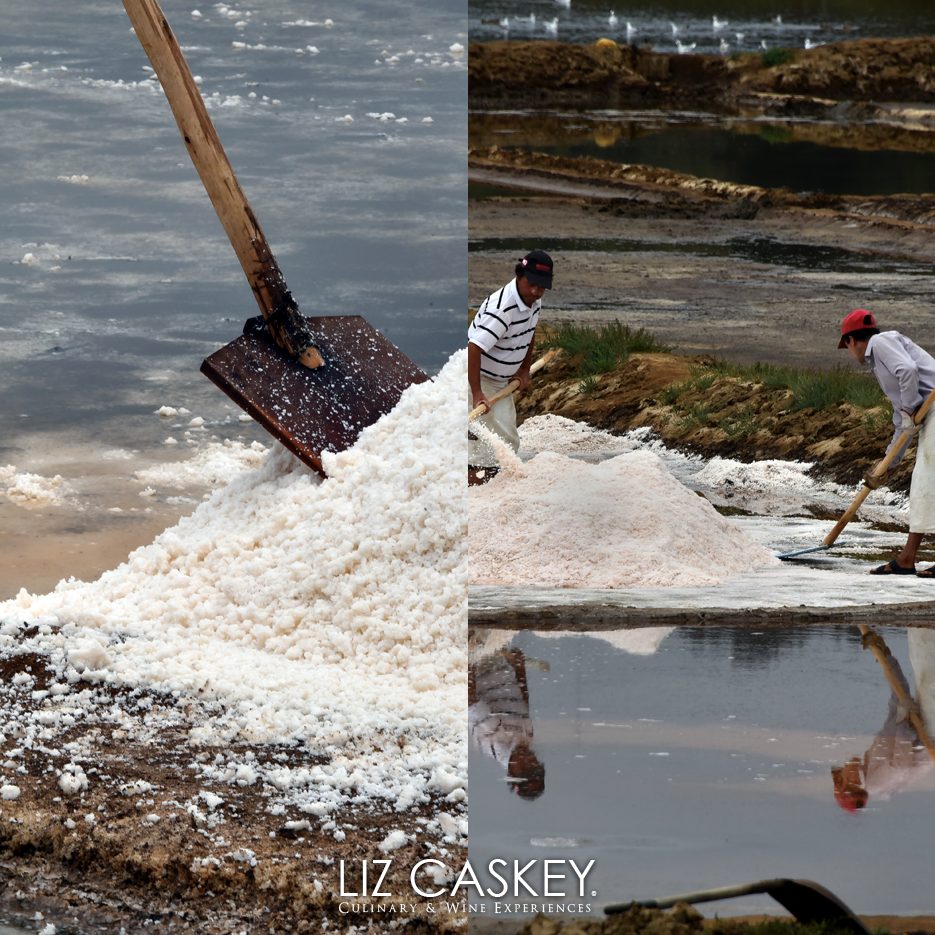
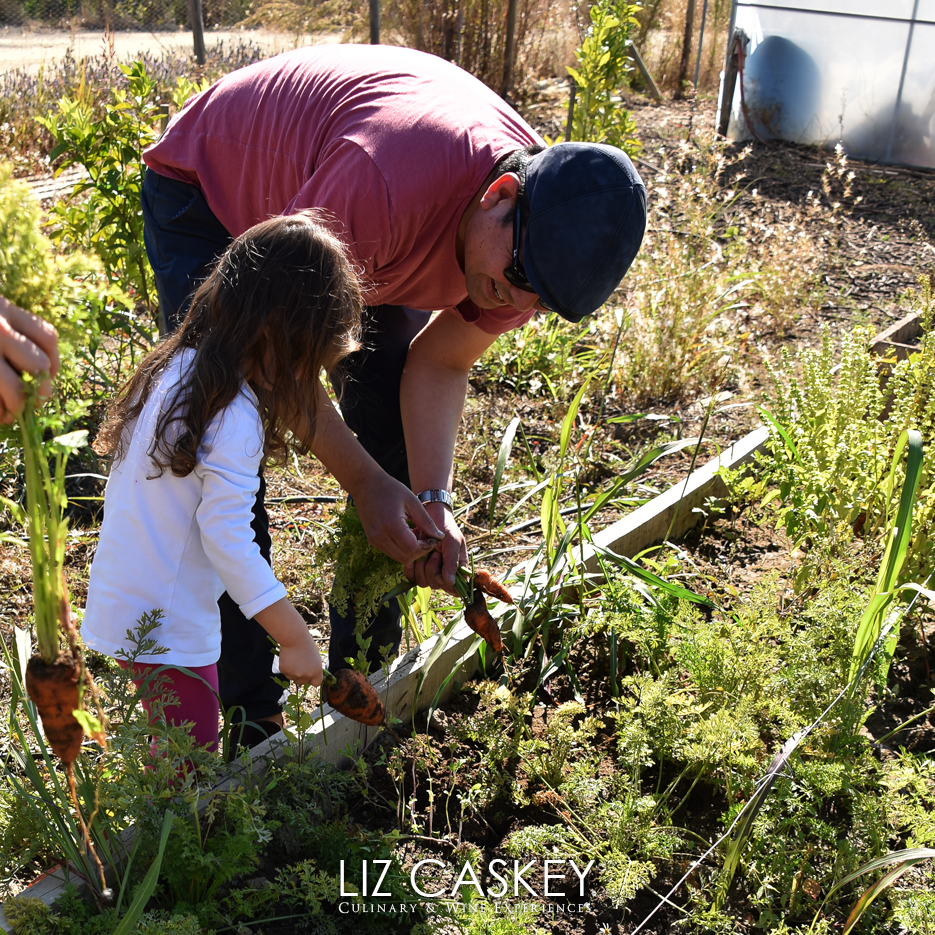
During grape harvest earlier this year, our family spent a long weekend at Vik. Rodrigo and I caught up over a glass of wine for a chat. We openly discussed how the concept of terruño was expanding in Chile.
“How can we help make garden-to-table eating as appreciated as much as wine terruño here?”, I asked.
“Garden to table”, he responded, “This is not a trend. It is a necessity for all of us to consume clean food, free of pesticides, respecting their origin, seasonality, and not letting intermediaries get in the way. That way, the food expresses its maximum flavor. We also must pay a fair price.”
He looked pensive for a moment and then added, “Apart from the type of food and the style of the chef, there is a tremendous need on a larger scale (among Chileans) for a stronger connection with the place, the producers, and the seasons. When you know a product in all its stages of development, you realize there are no ‘good’ or ‘bad’ products. They just behave differently depending on the seasons. There also is a real need for government programs to support the initiative of clean and seasonal produce. These products should be readily available to the larger public but not paying a huge premium either.”
I completely agree.
In Chile, we desperately need to go back to eating simple, real food. Food that is grown by local producers. Chile has suffered, like so many industrialized nations, from industrialization of the food chain, too.
Besides eating “clean” and “local”, this kind of food philosophy instills a deep pride in its people. Ultimately, it celebrates the local culture and essence of that region. So when a chef like Rodrigo Acuña preaches about supporting local farms and farmers, he is sharing his pride in being from that place; in having the privilege of cooking with the ingredients that grow there. This is what creates a food culture and traditions. Look how Gaston Acurio in Peru has infused this culinary pride in all Peruvians to appreciate their cuisine and all the people behind from growers to artisans, home cooks, chefs, and beyond.
But, let’s not digress and stay in Chile…
To sum up, what I love about what Rodrigo is doing at Vik Chile is that his purpose is crystal clear. His passion is palatable. It’s all about letting the terruño of Millahue, and this corner of Chile, speak through the food. Each and every ingredient in a dish at Vik has a story to tell. All the parts come together like a symphony. Vik’s wines chime in to add depth and melodic notes. They work together. Ultimately, it’s a very beautiful, and delicious co-creation.
